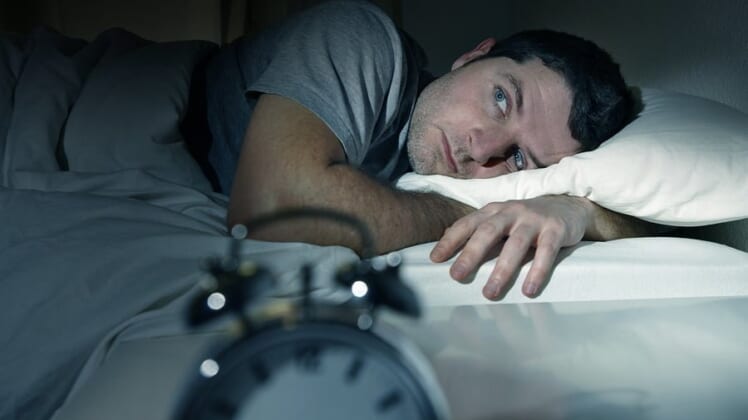
Every traveler loves a comfy night’s sleep, whether you’re vacationing in your dream city or finding repose on a business trip:
While you’re settling in for a nice sleep, one pest might just be waking up. That pest is a bed bug, and they pose a steep challenge to travelers.
Bed bugs are parasites that love feeding on humans. They can travel a long way in the evening if they have motivation, but most people find bed bugs within a few feet of a bed.
Because these pests feast on humans, they love inhabiting spaces where they will find a steady supply. That fact makes hotels, and common transportation for travelers, a prime post for the parasites to camp out. If the pests climb into your luggage, they could turn into a serious problem at home too.
What is sleep deprivation?
Bed Bugs are on the Rise
Developing countries have always dealt with bed bug problems. In recent years, however, pesky creatures have been rising in population within developed countries as well.
To compound the problem, scientists have also found that the bugs may be developing a resistance to insecticides. One study published in The Journal of Economic Entomology decided to test this theory.
Researchers used two common chemicals previously known to kill bed bugs, chlorfenapyr, and bifenthrin, and they tested ten different populations. In addition, they used one population known for its susceptibility to these chemicals as a control group.
As they conducted the study, researchers noticed that the test populations took longer than the control group to die after exposure to either of the chemicals. Researchers also needed a higher concentration of chemicals to kill these populations.
The researchers concluded that you should use more than one method to get rid of an infestation quickly. You should also check for pests regularly in order to deal with any problems early on.
The Signs of Bed Bugs?
Bed bugs like to tuck themselves in the crevices of a bed during the day and make their appearances at night. To avoid bringing bed bugs home after traveling, you should check for them carefully as soon as you enter a hotel room.
Missy Henriksen from the National Pest Management Association recommends keeping your luggage in the bathroom until you’re done inspecting. Even after a thorough inspection, keep your luggage off the floor by using the luggage rack.
When checking for bed bugs:
- Turn on a flashlight, or use your smartphone’s flash, and use scrap paper to pick up any suspicious spots.
- Look around the headboard of the bed, under the mattress, and in any corners or crevices around the bed.
- If you see any blood stains or dark brown spots, you might be dealing with a bed bug problem.
Don’t stop with the bed, though:
- Check any furniture around it.
- Check any soft furniture in the room.
- And if you do find signs of bed bugs, opt for a room far away from the infested one or check into a different hotel.
While you might be tempted to skip this inspection and start relaxing right away, you should make time for it. Bed bugs prove to be a difficult problem to eliminate.
The Health Risk of Bed Bugs?
So far, bed bugs are not considered a major health risk to humans. While they may carry diseases, the pests have not been shown to transmit them.
On the other hand, bed bugs do still pose some health problems. When they bite, they often cause an itchy rash that could become infected if not properly cared for.
You may also experience anxiety and insomnia because of fear of another bite during sleep. You might withdraw socially as you deal with this problem, or others might keep a distance until the bed bugs are eliminated. Either way, bed bugs can cause psychological disruptions that affect your sleep habits, emotions, and work performance.
During traveling, you often just want to relax at your destination, unwinding in your hotel room. You can, but be sure to check for bed bugs first. If you find a problem, you’ll be glad that you inspected and kept the pests from traveling all the way to your home.

